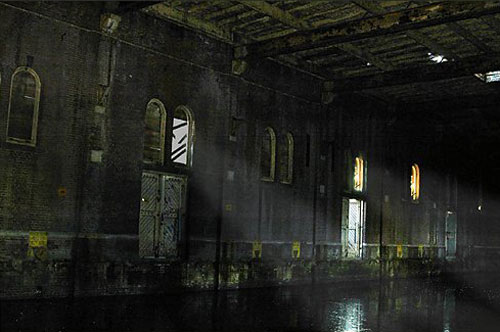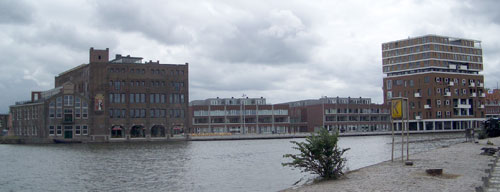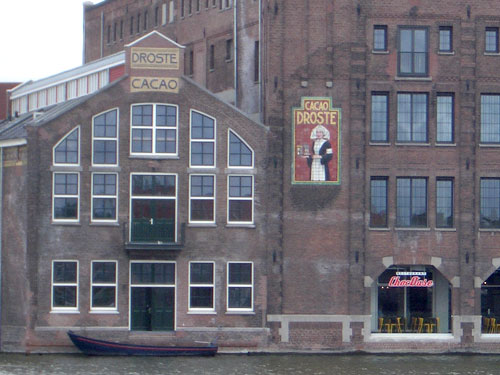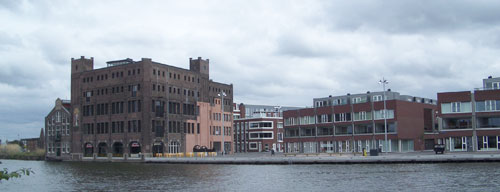When I entered the exhibition space in Rotterdam and saw the videos of a slum being demolished by digging machines, I was almost certain that it was about some Latin American country. Not Brazil though, since the graffiti on the structures was in Spanish.
I couldn´t be more wrong, the slum was a big gypsy settlement on the outskirts of Madrid. The video is about the good intentions behind this demolition, like social equality and equal rights to housing, healthcare etc.; about how today´s utopia of equality and social integration is destroying cultural diversity (in this case the gypsy culture) and how the slum demolition becomes a spectacle of consumerist society.
The video is a project by Democracia, a Spanish artist collective founded by Pablo España and Iván López. As a travelling exhibition it was part of the Rotterdam Museumnight, 7 March 2009.


“The union between welfare and consumption is the principal characteristic of present day developed societies, with basic needs fulfilled, consumption provides new symbolic meanings that go way beyond the actual object being consumed. Freedom, social progress, solidarity and democracy are accessible through consumption and the targeting of the capitalist worldview is generated through the mechanisms of the performance […].
In this context we propose a meeting between the integrated and the marginalized society at the right time when the welfare state acts in search of justice and equality: One of the largest slum settlements in Europe still survives in Madrid, which is called El Salobral and is found in the Southern periphery of the city. Last March the Community of Madrid and the City Council agreed to its demolition and the consequent rehousing of its inhabitants, with the majority being of the gypsy ethnic group. In this settlement those persons who are clearly marginalized by socio-cultural factors are found together with those who are voluntarily there such as drug dealers in search of an area away from police vigilance. On the other hand, the demolition of the slums and the consequent relocation of its occupants attract new inhabitants who come to this area looking to be rewarded with a new home by the social services. The extinction of El Salobral not only implies the destruction of sub-standard housing but also making the land uninhabitable so that it can no longer be built on.
The project developed by Democracia conceives the staging of the demolition of this marginal community as a performance for all members of civil society. Over and above considerations such as the disappearance of specific cultural forms (that of the gypsy culture), the civil society celebrates the disappearance of the ghetto via a media performance. The “integrated” civil society are the hooligans who applaud the action of the diggers demolishing the ghetto. The path of the marginalized society is its integration in the spectacular consumption society, which will assure them of their basic rights.”
www.democracia.com.es/proyectos/welfare-state/









 The Detroit Unreal Estate Agency is an organization that monitors the public plans, personal and artistic initiatives and other events in the derelict area of central Detroit. It has American and Dutch integrants and sponsoring. It features many rundown buildings and vacant lots, role model neighborhoods of modernist planning, urban poetry and ‘un’real estate offered at the price of a mere $3432.12
The Detroit Unreal Estate Agency is an organization that monitors the public plans, personal and artistic initiatives and other events in the derelict area of central Detroit. It has American and Dutch integrants and sponsoring. It features many rundown buildings and vacant lots, role model neighborhoods of modernist planning, urban poetry and ‘un’real estate offered at the price of a mere $3432.12


















